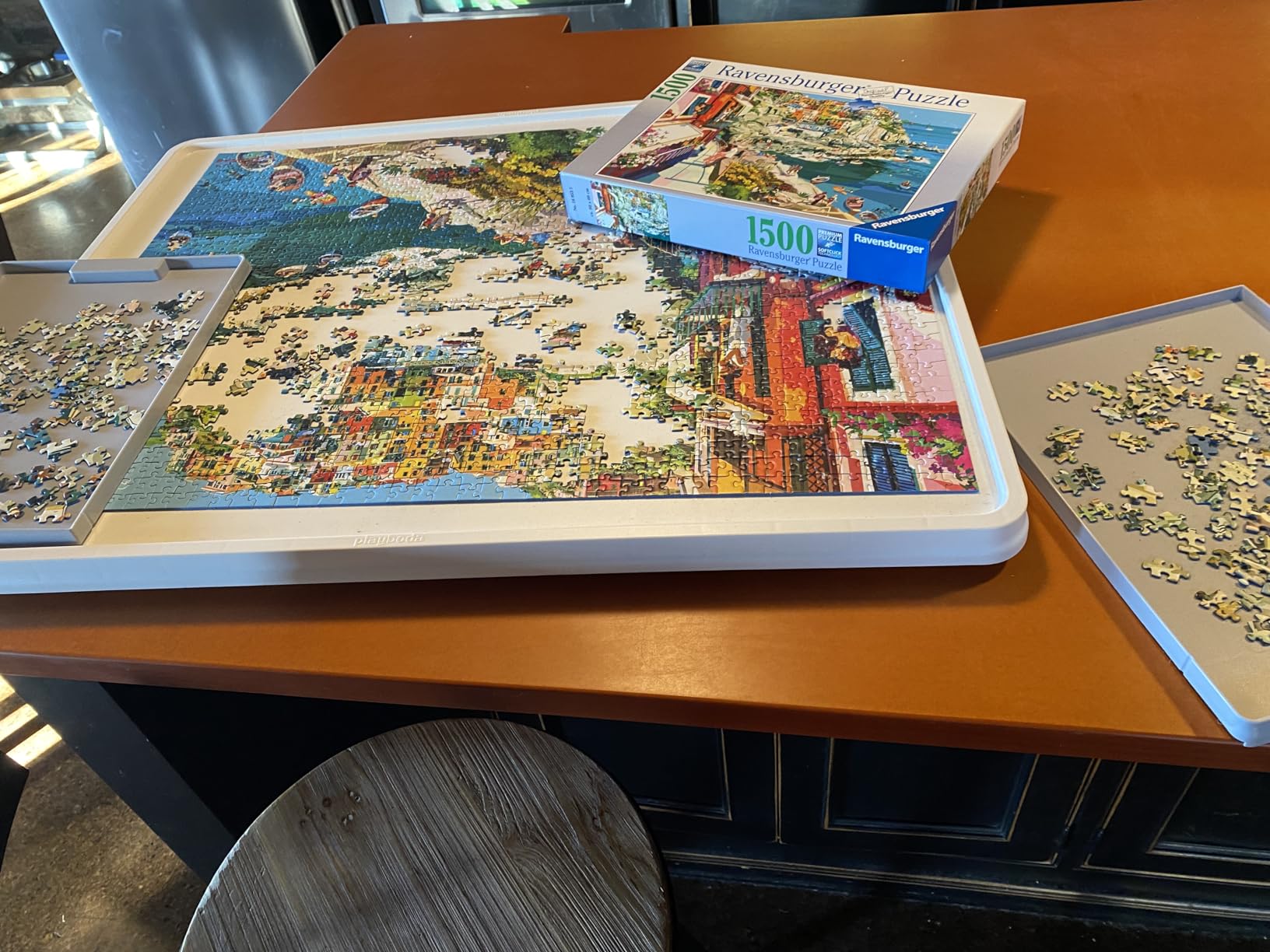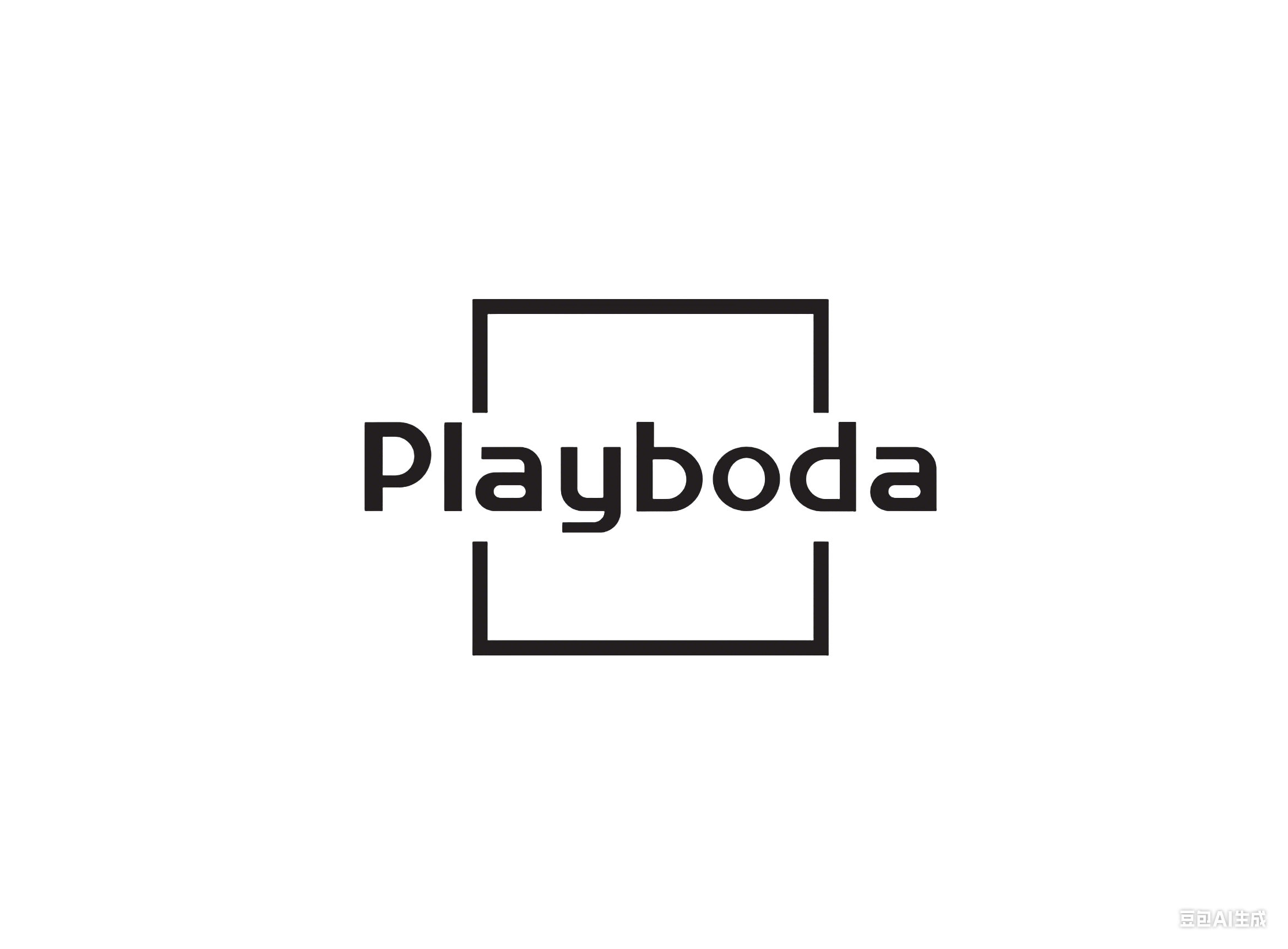
What to Use at Home as a Puzzle Board
If you’re looking for what to use at home as a puzzle board, the short answer is:
a flat, stable, and non-slip surface such as ABS, PVC, or lightweight wood — ideally designed for puzzles with drawers, rotation, or a tilt feature.
You can use cardboard, foam, or your dining table temporarily, but those options often warp, slide, or damage puzzle pieces.
For comfort, durability, and portability, a professional puzzle board is the best choice for long-term puzzlers.
✅ In short:
The best at-home puzzle board is one that’s lightweight, smooth, non-slip, and easy to store — letting you puzzle anywhere without losing space or progress.
Why You Need a Dedicated Puzzle Surface
For anyone who loves puzzling, space is always a challenge. Most people start on a dining table, but soon realize how impractical it is. You can’t eat there, you can’t move it easily, and one wrong move can send tiny pieces flying.
That’s why puzzle enthusiasts began turning to dedicated puzzle boards — lightweight, portable, and stable surfaces that make puzzling part of life, not a disruption.
“I used to keep my puzzle on the coffee table, covering it every night with a towel so the cat wouldn’t scatter it. Now I just lift my puzzle board and store it under the bed.”
— Nancy, Michigan
What Makes a Good Puzzle Board
An ideal puzzle board does three things:
-
Keeps pieces secure and flat
-
Allows mobility and storage
-
Makes puzzling physically comfortable
🧩 Recommended Materials
-
ABS or PVC: Lightweight, strong, easy to clean, and slightly textured to prevent slipping.
-
Wood: Durable but heavy; can warp in humidity.
-
Foam Board: Portable but flimsy, often bends or cracks.
“My first DIY board was foam. One summer day it warped so badly that half my puzzle lifted off. Never again.”
— Elaine, Texas
💡 Design Features That Matter
-
Rotation (360°): Reach every corner without stretching.
-
Tilt Adjustment: Prevents neck and shoulder strain.
-
Sorting Drawers: Keep pieces organized by color or shape.
-
Protective Cover: Shields from dust, pets, and spills.

Common Household Alternatives
When people don’t have a real puzzle board, they improvise — often with mixed results.
1. Cardboard or Poster Board
Cheap and widely available, but they warp easily and can’t support large puzzles. Once bent, the entire puzzle shifts.
2. Dining Table
Convenient at first, but it hijacks your living space. Every meal becomes a clean-up session.
“We joked that our table became a permanent puzzle exhibit. Then we realized we hadn’t eaten there in weeks.”
— Jake & Lisa, California
3. Felt or Roll-Up Mats
Portable, yes — but rolling and unrolling bends puzzle edges and dislodges pieces.
4. DIY Wooden Board
Strong but bulky. Most homemade ones weigh 15–20 lbs, making them hard to move or store.
Why Substitutes Fail Over Time
Homemade or improvised puzzle boards often lead to more frustration than fun:
-
Warping and Curling: Cardboard and foam lose shape with humidity.
-
Unstable Surfaces: Pieces slide with even slight movement.
-
Posture Strain: Flat setups lead to sore backs and stiff necks.
-
Space Intrusion: You lose your dining table or floor space for days.
-
Lack of Protection: Pets, kids, or spills can ruin your puzzle instantly.
“I once tried puzzling on the floor. After two days, my knees and neck both gave up before I finished the border.”
— Harper, Washington
Why a Real Puzzle Board Works Better
Modern puzzle boards, like those made from ABS plastic or reinforced PVC, are designed specifically for convenience and comfort. They solve every problem improvised boards create:
-
Lightweight & Portable: Move easily from one room to another.
-
Ergonomic Design: Tilting angles reduce neck strain.
-
Smart Storage: Built-in drawers keep pieces sorted.
-
Durable Surface: Flat, smooth, waterproof, and long-lasting.
“After switching to a proper board, I realized I wasn’t just buying a tool — I was buying my sanity back.”
— Sarah, Toronto
If puzzling brings you peace, your setup should too.

FAQ
Q1: Can I use my dining table as a puzzle board?
Yes, but it’s not ideal — spills, pets, and constant cleanup make it inconvenient.
Q2: What’s the best surface for puzzles?
ABS or PVC boards with a slight matte texture offer the best balance between grip and smoothness.
Q3: Are wooden boards okay?
They’re sturdy but heavy and difficult to store.
Q4: What about foam boards?
They’re fine for quick puzzles, but they warp easily and don’t last long.
Q5: What’s the ideal puzzle board size?
Around 35" × 27" for 1000–1500-piece puzzles.
Share
